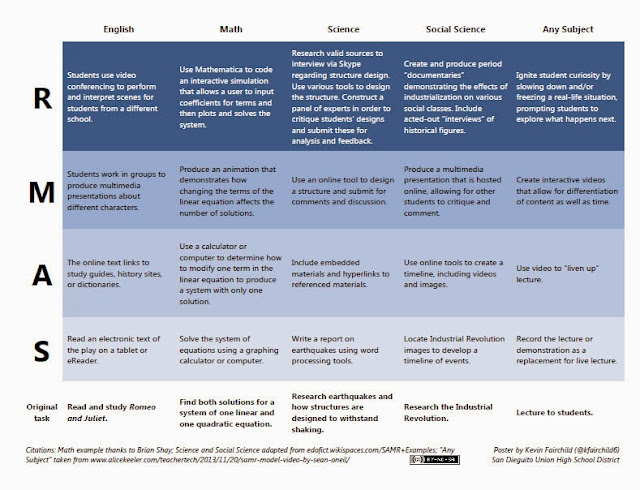 |
| Mayer always wants to know what you are doing. |
Whenever we get a dog, especially from a shelter, we make sure to do as much training with the dog as we can. A friend of ours runs dog training classes, and we very much like her approach, so we take our dogs through her class. They learn to come when called, to drop a toy or bone they are playing with, to be gentle with us and with others, among other important skills. Most importantly, we learn to be consistent and effective with our commands for the dogs, so they are constantly reinforced for behavior we want to encourage (and not for behavior we want to extinguish).
| Emma (left) and Amelia (right), who died in 2010. |
Every dog responds differently to training. Emma is easily distracted and often stubborn. She will respond to our commands when she feels like it. Mayer, on the other hand, is extremely smart and eager to please. He is very good at figuring out what we want him to do.
We have also had several dogs that we have fostered for various times, up to six months. For each of them, we have to teach them the rules of the house and how to behave. In each case, their training always has the same central idea: marking behavior that we want to encourage and positively reinforcing that behavior with a reward.
Which brings me to my main point in writing this post on an educational technology blog. It's a subtle idea, so follow me closely here:
Teachers are not dogs.
Teachers do not need "training". They need workshops, seminars, hands-on learning, professional development, conference sessions, classes, courses, discussions, meetings, round tables, symposiums, forums, conventions, conversations, colloquiums, interchanges, assemblies, pow-wows, and palavers. (Thank you, thesaurus.com.) They do not need to be trained to behave in certain ways through the use of positive reinforcement.
I think of my dogs every time a teacher asks me, "When will we be trained on this?" or "Are you going to have any more trainings?" The use of that word for professional learning is like nails on a chalkboard for me. I think it demeans my role and the role of the teachers who are doing the learning, by reducing it to a "button-pushing" training: push the right button, get a reward. By changing the language we use, I hope to change perceptions of professional learning, if only in a small way.



